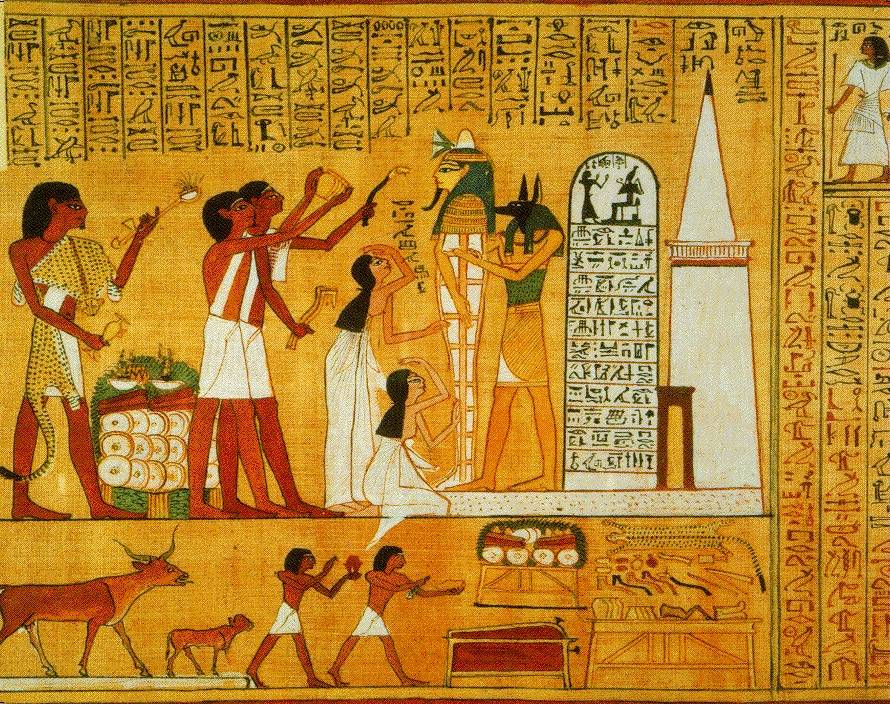Upon entering this class I had no formal knowledge on art and how to define its hidden meanings. However, throughout Unit 1 we went over the topics of Formal analysis and critical pedagogy. This allowed me to understand how to look and define a painting/artwork not only on what I see but on how to look and interpret the artists techniques. After we analyzed the paintings of the 2 women. I bagan to see past the large picture and started to examine the different elements of the works. Whether it be their similarities or differences.
Formal Analysis can be defined simple as exploring the visual effects the work has on the viewer and what the artist wanted to accomplish visually. This method focuses primarily on questioning the visual and physical aspect of the artwork. Focusing on lines,shapes,color schemes,texture, form,etc. It’s questioning the work and looking for the answer in the work itself. In examine both paintings of women we learned on how the artists used different types of shading and colors to emphasize or deemphasize certain points in the paintings.
In one of our readings the Pedagogy of the Oppressed we were introduced into the idea of the banking model of education . To Friere the banking model is a representation of the detached education system. He believed that the banking model of education simply states that a teacher has all the knowledge and therefore the teacher must “deposit” the knowledge they have into the students, who then memorize the information instead of fully understanding the information given. This sort of detached learning entails that education will not allow students to express their own interest or creativity.
Since learning these 2 topics my understanding for art has further expanded. I am now aware on how to appreciate art and how to interpret what the artist may have been trying to tell the viewer.


 What I took away from this unit was what formal analysis was and its significance to art, what art is, Ancient art and what it tells us about the word and how education is making oppressed people less likely to face their oppressors.
What I took away from this unit was what formal analysis was and its significance to art, what art is, Ancient art and what it tells us about the word and how education is making oppressed people less likely to face their oppressors. From what I’ve learned, in my opinion, Formal analysis is analyzing the elements that make up a piece of art and explaining their significance to the art. For example, when we analyzed paintings like the Manet Olympia, we get a grasp of what the artist was trying to show us. The brightest objects/things would be the most important and the focus of the painting, while the darkening and everything around the bright object/thing would be darker to help guide our eyes unto the the the important piece. Just like how bright the woman was in Manet Olympia. Whiter colors always tend to be more visible out of a darker background.
From what I’ve learned, in my opinion, Formal analysis is analyzing the elements that make up a piece of art and explaining their significance to the art. For example, when we analyzed paintings like the Manet Olympia, we get a grasp of what the artist was trying to show us. The brightest objects/things would be the most important and the focus of the painting, while the darkening and everything around the bright object/thing would be darker to help guide our eyes unto the the the important piece. Just like how bright the woman was in Manet Olympia. Whiter colors always tend to be more visible out of a darker background. Formal analysis goes into what we learned about ancient “art”. For example; during the Egyptian and Mesopotamian times, the king was usually made to look bigger than everyone. People who were usually smaller and some who are cowering help get our eyes on the King/Ruler. One of the most important analysis on ancient art would be the attention to detail to something important. Usually the most important person or object would be the one who have been detailed enough to almost look 3D out of the 2D artwork. What the detailing and size tell about the ancient world was that their was a hierarchy. Going down an Art piece like the Egyptian make up holder showed that the King was always on top of all humans, but most importantly the Gods were always on top of the kings watching down. What we consider as Art now was likely considered just a piece of work back then, but reading and trying to understand Ancient art, we can understand their world a little better.
Formal analysis goes into what we learned about ancient “art”. For example; during the Egyptian and Mesopotamian times, the king was usually made to look bigger than everyone. People who were usually smaller and some who are cowering help get our eyes on the King/Ruler. One of the most important analysis on ancient art would be the attention to detail to something important. Usually the most important person or object would be the one who have been detailed enough to almost look 3D out of the 2D artwork. What the detailing and size tell about the ancient world was that their was a hierarchy. Going down an Art piece like the Egyptian make up holder showed that the King was always on top of all humans, but most importantly the Gods were always on top of the kings watching down. What we consider as Art now was likely considered just a piece of work back then, but reading and trying to understand Ancient art, we can understand their world a little better. It was my second time reading Paolo Friere’s, “
It was my second time reading Paolo Friere’s, “




